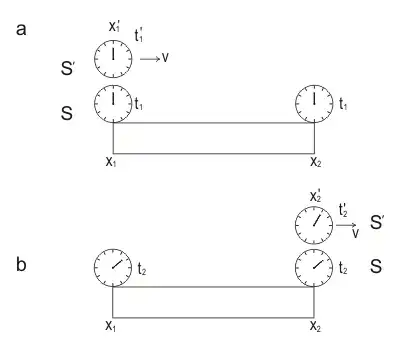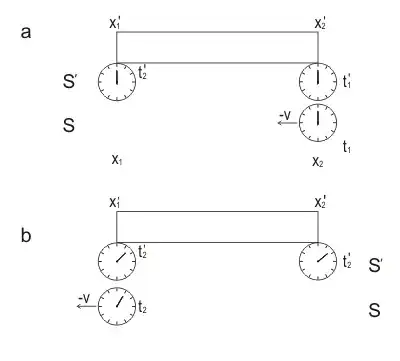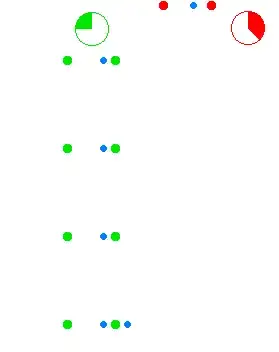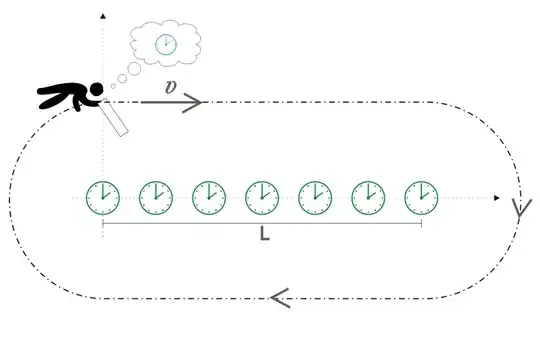This question is not same as explaining Twin paradox. This question does expect that the travelling twin will age less. The question in here is what causes the travelling clock to slow down, which is verified at the end of the journey. If the cause is acceleration, then why the consecutive accelerations in opposite directions have opposite effects on clock speed.
I am looking for conceptual description, not a lot of mathematics.
Again, this is long question, please be patient.
Down voters, please share your thoughts as well.
Start -
Two twins are on earth with their clocks synchronized.
One stays on earth, the other makes a fast and long, quick round trip journey and then they compare the clocks.
Q1 - Is it expected that the trip making clock will be far behind the one that was left on earth? Obviously if it is true, then the difference will depend upon how fast and how long the trip was.
If the answer to above is true, then we know that the clock of the travelling twin did really slow down.
Doesn't this tell us that the ticking of clock was actually slowed down due to initial acceleration, then continued to run at slower rate (as compared to the one on earth), then sped up again during retardation at far end.
Suppose the travelling twin remained at 0 relative speed wrt earth for a day or so. During this day or so, both twins can verify that the clock of travelling twin is now behind, but tick rate is same during that day. Meaning the travelling clock was really ticking at slower rate.
Then the travelling twin started accelerating back toward earth. The clock of this twin would slow down again.
The retardation just before far end and the acceleration in start of return journey, are actually acceleration in same direction.
But the first part of this acceleration (retardation) sped up the clock, and second part slowed it down.
When the travelling twin reduces speed again before reaching earth. This reduction in speed again speeds up his/her clock so that the tick rate is same for both twins now. But the difference in clock times would be double of what it was noted at the far end. Consider all accelerations same rate.
Q2 - Do we really understand how the "same direction" acceleration sometimes slows down the speed and sometimes speeds them up.
But if answer to Q1 is yes, then this slow down and speeding up of clocks always seems to be equal and opposite if you consider any two consecutive changes in speed that pass through the 0 relative speed point.
Or, there is no real change in tick rate, and the slowdown is just relative and perception? And when the travelling twin comes back to earth, its clock will show same time as that of the other twin?



